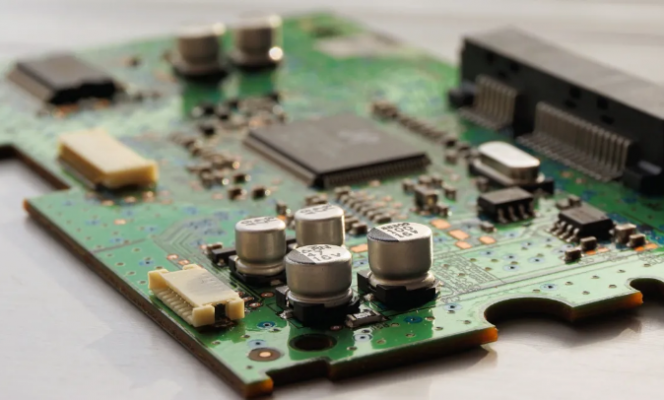What Is Pad?
Pad, the basic unit of surface mount assembly, which is used to form the land pattern of the printed circuit board (PCB). That’s to say, a variety of land combinations designed for special component types. The pad is used for electrical connection, device fixing, or part of the conductive pattern that combines both.
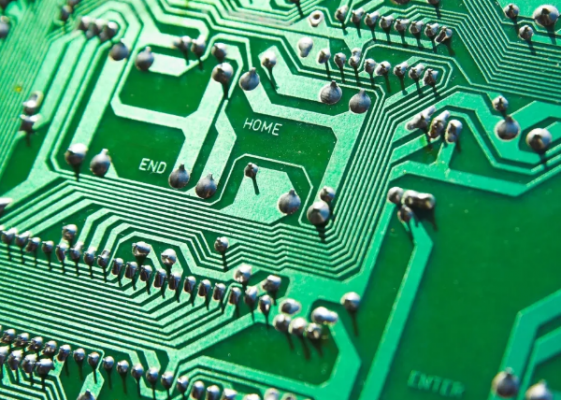
Types of pads in PCB design
1.Common pads
1) Square pads–Frequently used when the printed circuit board components are large and less as well as the printed traces are simple. Therefore, using this type of pads will be easy if make a PCB by hand.
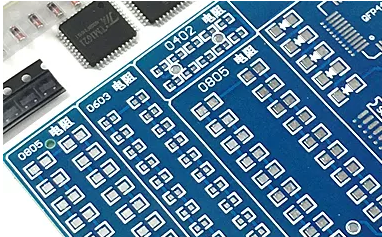
2) Circular pads–Widely used in single and double-sided printed circuit boards whose components are regularly arrayed. If the density of the board allows, the pads can be designed larger so that the components will not fall off during soldering.
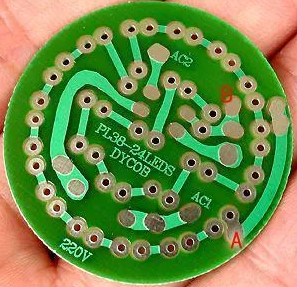
3) Island-shaped pads–The connection between the pads is integrated. It is often used in vertical irregular array placement.
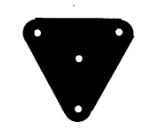
4) Polygonal pads–Be used to distinguish pads with close outer diameters but different apertures, which is convenient for assembly.
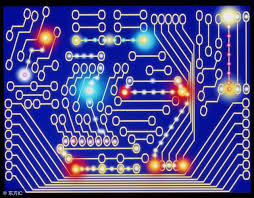
5) Oval pads–With enough area to enhance the anti-stripping ability, it is often used in dual in-line components.
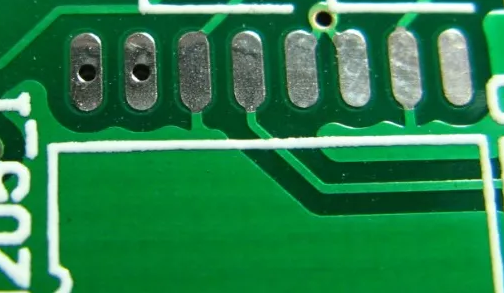
6) Open-shaped pads–In order to ensure manually repaired pads holes are not sealed by solder after wave soldering;
2. Special pads
1) Plum blossom pad
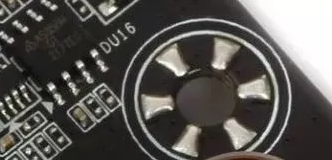
Plum blossom pads are usually used in large vias to ground. Here are a couple of reasons why require such design:
a. The fixing hole need to be metallized and connected to GND. If the fixing hole is fully metallized, then which is easy to block the hole during reflow soldering.
b. The use of internal metal screw holes may cause the grounding to be in a poor state due to installation or multiple disassembly and assembly. However, using plum blossom pads can ensure a good grounding regardless of the tweaks in the stress.
2) Cross-shaped pad
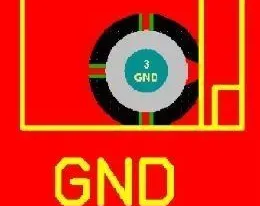
Cross-shaped pads are also called thermal pads, hot air pads, and so on. Its function is to reduce the heat dissipation of the pads during soldering, so as to prevent false soldering or PCB peeling caused by excessive heat dissipation.
a. When the pad is ground. The cross-shaped pad pattern can reduce the area of the ground wire, slow down the heat dissipation speed and facilitate welding.
b.When the PCB requires machine placement, and it is a reflow soldering machine, the cross-shaped pad can prevent the PCB from peeling (because more heat is needed to melt the solder paste).
3)Teardrop-shape pad

It is often used when the traces connected to the pads are thin, and teardrop shape pads are effectively able to prevent the pads from peeling and the traces are disconnected from the pads. Such teardrop-shape pads are commonly used in high-frequency circuits.
